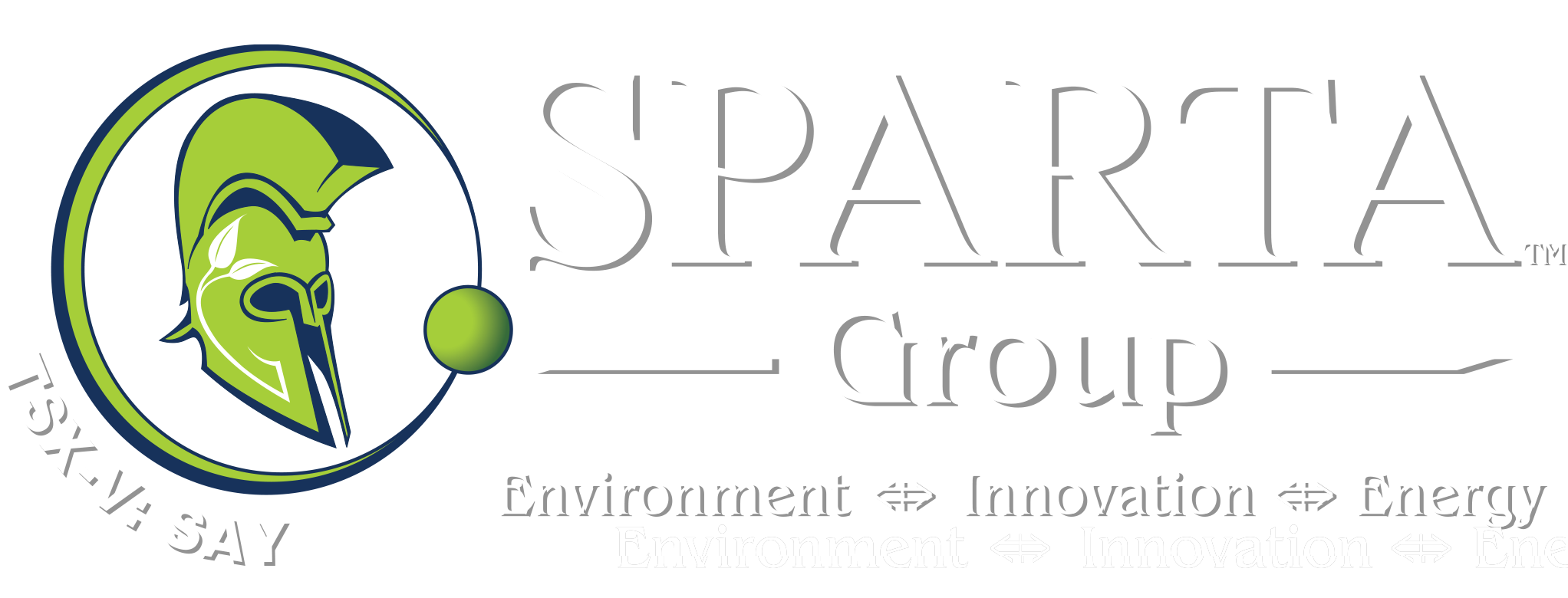– Teresa Madaleno:
Cryptocurrency assets like bitcoin require a significant amount of electricity, which leads to an increase in greenhouse gas emissions. However, all signs point to cryptocurrency demand growing. According to Grandview Research, the global cryptocurrency market was valued at USD 4.67 billion in 2022 and is likely to expand at a compound annual growth rate of 12.5 percent from 2023 to 2030. With pressure on all industry sectors to lower carbon footprint, what can bitcoin or other crypto coin miners do?
There are a few different options to deal with the use of energy in crypto mining, including innovative approaches to ledger updates that require less computing power, as well as turning to cleaner energy sources. Still, many crypto miners struggle to reach their sustainability goals. This is where carbon credits can come in.
Carbon Credits Role in Crypto
Before explaining exactly what carbon credits have to do with mining cryptocurrency, here’s a quick explanation of how cryptocurrency mining works: Crypto, such as bitcoin relies on a network of high-performance computing. What these super computers are doing is adding and verifying a new transaction record to the blockchain, which is essentially the decentralized bank ledger where bitcoin is traded and distributed. To create a new record, miners must solve a complex equation generated by the blockchain system. In order to out-smart and out-pace your competition, you need to be constantly updating your computer hub, including getting rid of old equipment and bringing in the new. It takes a considerable amount of energy to manufacture computers. According to a United Nations Study, to manufacture just one new computer, it takes at least 10 times that computer’s weight in fossil fuels and chemicals. Sparta Group’s electronic waste recycling facility is one of the first in North America to be certified to generate verified carbon credits when upcycling e-waste. This means if you are a bitcoin miner you can divert your e-waste (computers) from landfill and generate carbon credits, thus helping you reduce your overall carbon footprint.
Shortly after Sparta announced in 2022 that it was certified to generate carbon credits through its electronic upcycling/recycling facility, one of the country’s largest digital currency miners, Hut 8 Mining decided to take full advantage of the program. Literally tractor trailer loads of obsolete equipment from Hut 8 Mining have already been processed at the Sparta facility in Toronto and thousands of verified carbon credits have been generated for the crypto miner. By the way, Hut 8 happens to be a big promoter of transparency in energy use and encourages the use of renewable energy sources.
“The digital asset revolution has already begun in many ways. For instance, in some countries like Brazil, banks are allowing people to pay their taxes with cryptocurrency. As the demand for crypto grows, and the pressure for miners to lower their carbon footprint increases, companies in all industry sectors will be seeking high-quality carbon credits,” said Sparta President, John O’Bireck.
Many in the cryptocurrency mining business suggest that to lower the carbon intensity of digital currency, the best approach is to move towards a higher percentage of renewable energy supply, while also using a significant supply of carbon offsets.
The Canadian government has set the 2023 carbon price at $65 per tonne, but that is expected to increase to $170 by 2030. Carbon pricing is an instrument that depicts the external costs of greenhouse gas emissions, such as extreme weather, damage to crops, and health care costs from heat waves, droughts, as well as flooding. Businesses that struggle to reach environmental goals, can purchase carbon credits from companies like Sparta Group that are certified by a qualified agency to generate credits. In Sparta’s case, all scientific calculations, the monitoring protocols, as well as the processing set out by the e-waste upcycling facility have been approved by the Canadian Standards Association (“CSA”).




